English vs Western: A Beginner’s Guide to Horse Riding Disciplines
- Loz
- Aug 2
- 4 min read
Updated: Aug 18

Exploring the Styles, Sports, and Tack of Two Iconic Riding Traditions
Whether you’re a horse enthusiast or just starting out on your equestrian journey, you’ll soon discover that horse riding is a world with many unique disciplines. Two of the most prominent styles are English and Western riding. Each has its own history, sports, purpose, and gear (known as tack). In this post, we’ll break down what makes each style special, explore their popular disciplines, and highlight the key differences in equipment. Let’s saddle up and get started!
English Riding Disciplines
English riding originated in Europe and is known for its elegance, precision, and tradition. It’s the style you’ll see in the Olympics and many formal horse competitions. Here are some of the main English disciplines:
Showing

Showing is all about presenting the horse to its best advantage. Riders and horses are judged on appearance, movement, and manners. There are various classes, including those for different breeds or skills. The aim is to demonstrate a well-groomed, well-trained horse that moves gracefully and responds willingly to its rider.
Dressage

Often described as “horse ballet”, dressage involves performing a series of precise movements called “tests”. The goal is harmony between horse and rider, with the horse appearing to perform the movements willingly and effortlessly. Dressage builds communication, balance, and flexibility in both horse and rider.
Showjumping
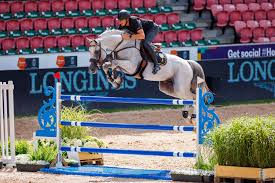
Showjumping tests a horse’s athletic ability and the rider’s skill as they navigate a course of obstacles—usually colourful jumps—within a set time. Penalties are given for knocking down rails or refusals. It’s a thrilling, fast-paced sport that rewards accuracy and boldness.
Eventing
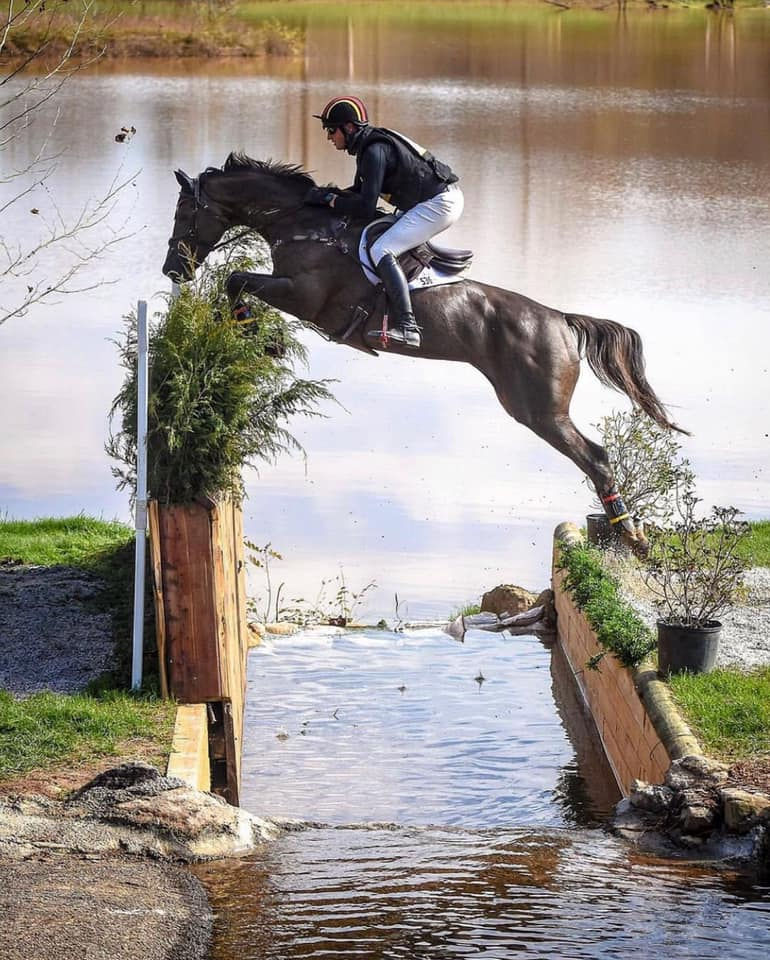
Eventing is the triathlon of horse sports, combining dressage, cross-country, and showjumping over several days. It aims to showcase the versatility and endurance of the horse and the skill of the rider. Cross-country is particularly exciting, with solid jumps and challenging terrain.
Working Equitation

This discipline tests both the elegance of dressage and the practical skills needed for working with livestock. Riders tackle obstacle courses that simulate real-life ranch tasks, blending precision with practicality. It celebrates a horse’s versatility and responsiveness.
Hunting

Traditionally, hunting involved riding across the countryside in pursuit of foxes or hares, jumping natural obstacles like fences and hedges. Nowadays, it’s more about the thrill of riding across varied terrain in a group, focusing on horsemanship, stamina, and control.
Endurance

Endurance riding is a true test of a horse’s stamina, fitness, and partnership with its rider. In this discipline, horse and rider cover long distances—often 50 to 160 kilometres—in a single day, traversing diverse terrains. The challenge is not just speed, but also strategy and careful horsemanship, as horses are regularly checked by veterinarians to ensure their health and well-being throughout the competition. Endurance riding highlights the importance of pacing, conditioning, and mutual trust between horse and rider, making it one of the most demanding and rewarding English disciplines.
Mounted Games

Mounted games are fast-paced and exhilarating team competitions performed on horseback, often aimed at children and young riders but enjoyed by all ages. These games test both horse and rider’s speed, agility, and precision through a series of fun and challenging relay races, such as bending poles, sack races, and flag races. Mounted games place a strong emphasis on balance, quick thinking, and seamless teamwork, and they foster strong bonds between horse and rider while building confidence in a lively, supportive environment.
Polo Crosse

Polo Crosse is a fast-paced, team sport that combines elements of polo and lacrosse, played on horseback with a racquet and ball. Popular in Australia, it requires skill, teamwork, and horsemanship, making it a thrilling spectacle for players and spectators alike.
Western Riding Disciplines
Western riding developed in the Americas, inspired by the needs of working cattlemen and ranchers. It has a more relaxed style and is built around practical skills for handling livestock. Here are some classic Western disciplines:
Reining

Think of reining as Western dressage. Riders guide their horses through a set pattern of spins, stops, circles, and rollbacks, all at speed. The goal is to show a horse that is responsive, athletic, and willing, while performing the manoeuvres with style and precision.
Camp Drafting

Popular in Australia, camp drafting is a test of a horse and rider’s ability to separate (or “cut”) a cow from a herd, then guide it around a set course of obstacles. It mimics real-life cattle work and requires quick thinking, agility, and teamwork between horse and rider.
Western Pleasure
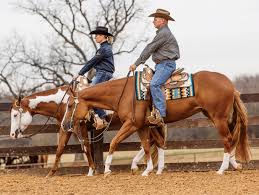
This discipline is all about a smooth, comfortable ride. Horses are judged on their manners, movement, and how pleasant they are to ride. The aim is a horse that looks relaxed and happy, moving quietly and easily at all gaits.
Rodeo

Rodeo is a collection of events based on ranch work, including bull riding, bronc riding, roping, and steer wrestling. It’s fast, sometimes wild, and always entertaining, showcasing the athleticism of both horses and riders.
Barrel Racing

Barrel racing is a race against the clock, with horse and rider weaving tightly around three barrels in a cloverleaf pattern. It’s all about speed, agility, and tight turns. Popular with both men and women, it’s a crowd favourite at rodeos.
Cutting

Cutting involves separating a single cow from a herd and preventing it from returning, using only the horse’s movements. It highlights a horse’s intelligence, agility, and “cow sense”—the natural ability to anticipate and react to a cow’s moves.
Key Differences in Tack: English vs Western
One of the most noticeable differences between English and Western riding is the tack—or gear—used:
Saddles: English saddles are lighter, smaller, and designed for close contact, giving the rider a better feel for the horse’s movements. Western saddles are larger, heavier, and built for comfort and security during long days of cattle work. They feature a horn at the front for tying ropes.
Bridles: English bridles are generally more delicate, with a simple bit and reins. Western bridles can be more ornate and may use a curb bit and split reins.
Other Gear: Western riders often use saddle pads and may carry ropes or lariats for cattle work. English riders use shaped saddle cloths and may wear tall boots and breeches, while Western riders often sport jeans and boots with a heel.
Conclusion
English and Western riding each offer their own unique challenges, traditions, and rewards. Whether you’re drawn to the grace of dressage or the rush of barrel racing, there’s a discipline out there for everyone. Don’t be afraid to try something new—exploring different styles can help you become a more well-rounded rider and deepen your bond with your horse. Happy riding!
Which discipline are you on your journey with?
English
Western

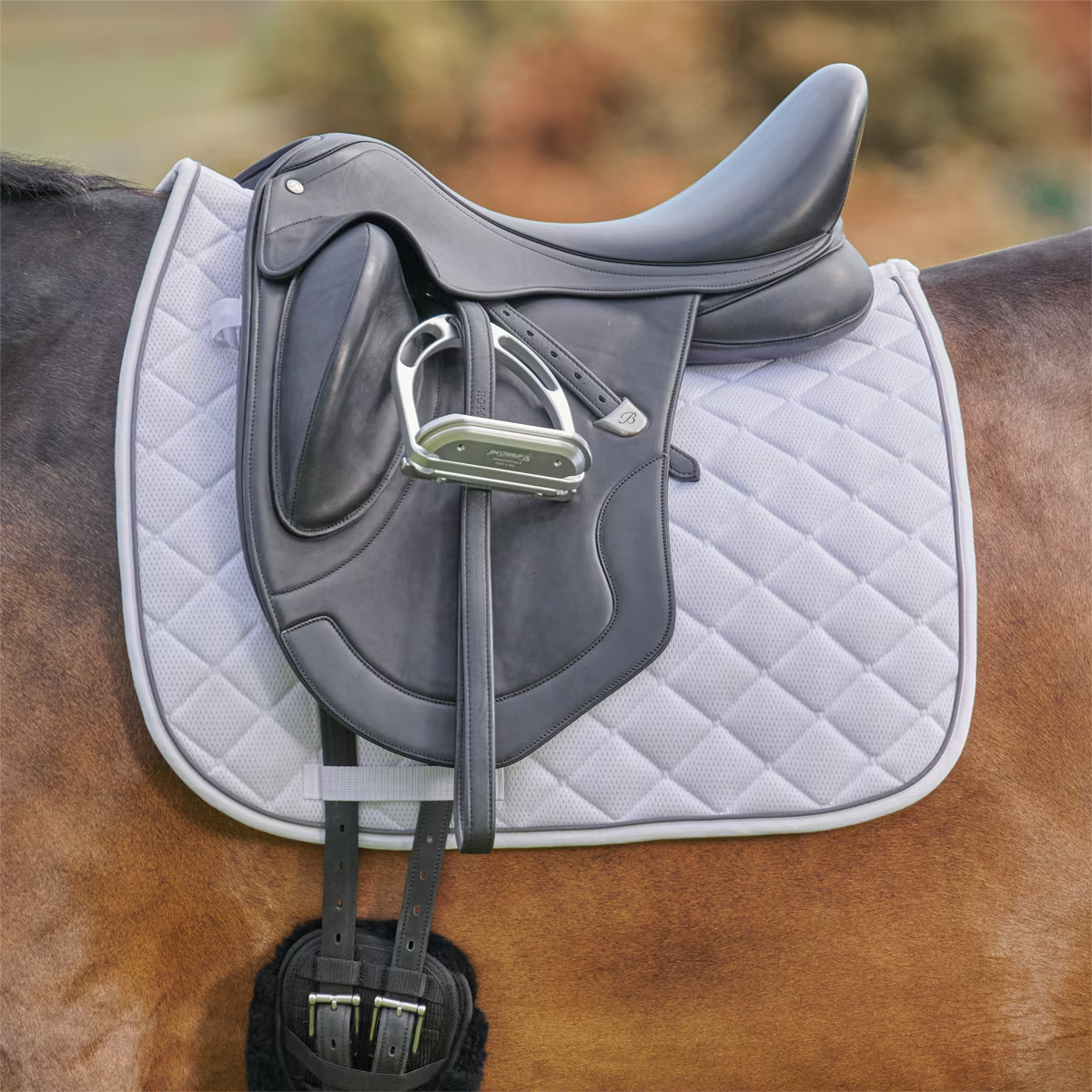









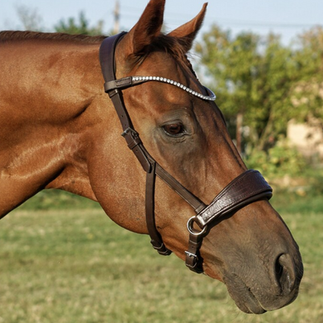

Comments